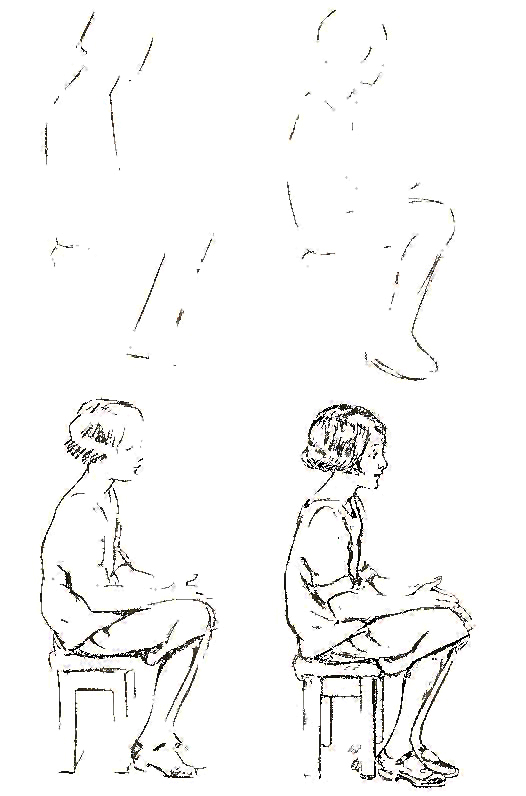

This tutorial walks you through how to draw a cube using an isometric grid. The super handy thing about the grid is that it already has all of the 30 degree angles set up for you. Once your eyes become accustomed to the trickery of the triangular pattern, you will immediately notice how the isometric works.

The pattern can be downloaded online, and will save you lots of time and effort.Īlternatively, learn how to set up your own grid in Illustrator by following the video tutorial below. You should be able to see the form of the cube where all of the lines intersect.įor all the cheats out there who don’t have the necessary tools (or inclination) to create an isometric projection, there is a foolproof way to bash out your axonometric drawing: simply use an isometric grid.

The lines from the second and third point will cross at a certain point, and from this intersection, draw a vertical line down towards the angled lines coming from the bottom point. Repeat this step through the middle point and the same through the top point, but with the top point, mark out the angle downwards. Draw a line back through the lowest point from the 30 degree angle on each side. Draw a horizontal line through the lowest point, and using the protractor, mark out a 30 degree angle up from the line on either side. Using the ruler, draw a vertical line on the page, and mark three equally spaced points along it. You will need a piece of paper, ruler, pencil and protractor (or for the shortcut version, using gridded paper, jump to the next section). How to draw an isometric cubeĭrawing a cube using isometric projection is very easy. Isometric drawings are more useful for functional drawings that are used to explain how something works, while one-point perspective drawings are typically used to give a more sensory idea of an object or space. lines don’t converge as they move away from the viewer). One-point perspective mimics what the human eye perceives (Image credit: Oliver Harrison – CC BY 2.5)īasically, isometric drawing doesn’t use perspective in its rendering (i.e.


 0 kommentar(er)
0 kommentar(er)
